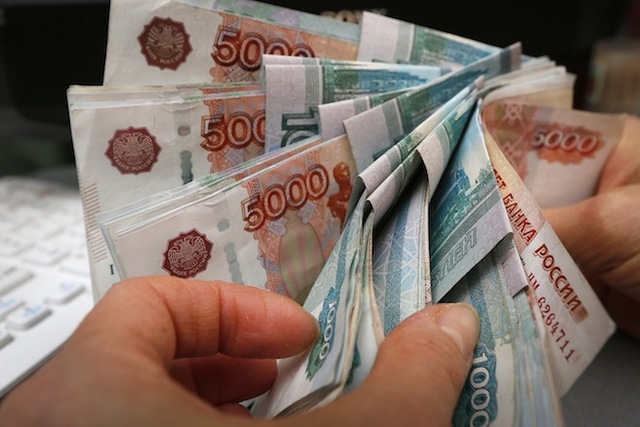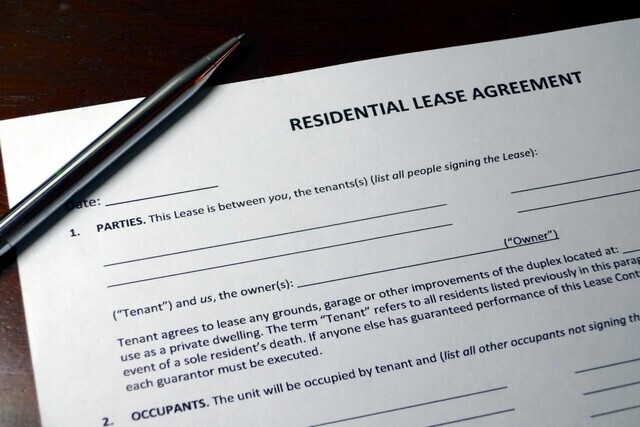As the ruble continues to recover from a sharp drop over the summer, Russia’s Central Bank said Monday that it will start buying and selling foreign currency through its sovereign wealth fund again next year.
When Russia started its full-scale military attack on Ukraine in February 2022, the West hit Moscow with a set of sanctions that had never been seen before. This caused the Russian currency to be very unstable.
Since the beginning of October, when Moscow put back in place currency controls, raised interest rates, and stopped intervening in other currencies, the ruble has gone up 14%.
On Monday, Russia’s Central Bank said that it will start doing business again under its “budget rule” in January 2024.
As of August, those deals were put on hold because the ruble fell below 100 against the dollar.
The Central Bank buys and sells foreign currency, mostly Chinese yuan, since Western sanctions were put in place to keep the ruble stable. The ruble is very sensitive to changes in the price of oil around the world and Moscow’s income from its important energy exports.
When Russia’s income falls below a certain level, it sells yuan from the National Wealth Fund and buys rubles to make up the difference in daily government spending.
It buys yuan to save in the fund if sales are higher than expected.
Russia put off planned purchases in August because they would have made the falling ruble even weaker.
The Bank said on Monday that when deciding how much to intervene next year, it would look at those missed purchases as well as how much the government has used from the fund to cover this year’s budget gap.
Analysts say the bank will probably be a net seller of foreign currency, even though it will make a lot of money from energy, which should help the Russian currency even more.
That’s up from 102 in early October, when it hit an 18-month low, when it was worth about 88 rubles to the U.S. dollar.




















